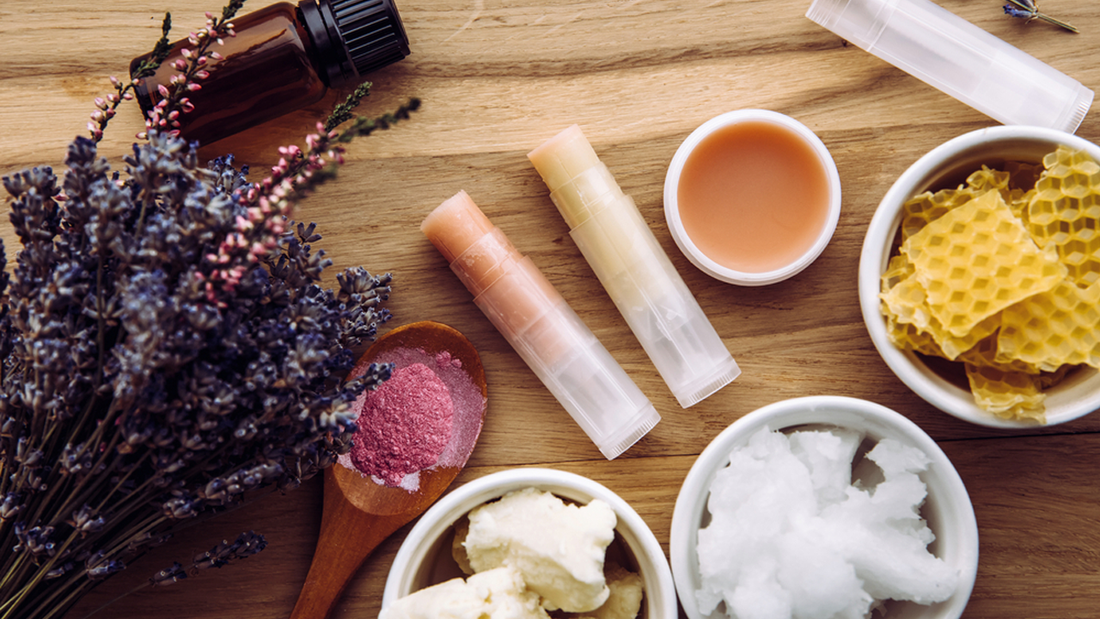Lip balms have gained popularity over the years for their moisturizing properties. But do you know that they can also protect your lips from environmental elements? But how do they do it? With the help of preservatives! These cosmetic preservatives help the lip balm to its effectiveness and safety. Most companies introduce preservatives to thwart the growth of bacteria, fungi, and mold. All of these could potentially lead to skin irritation, allergies, and other concerns. Moreover, preservatives play a crucial role in prolonging the shelf life of lip balms and preventing the formula from oxidation.
We can preserve lip balms naturally by incorporating plant-based components like vitamin E, citrus oil, and tea tree oil. These natural ingredients effectively guard the lip balm against bacterial and fungal growth. Notably, vitamin E plays a crucial role in preventing the lip balm from oxidizing and helps maintain its long-lasting quality. However, synthetic cosmetic preservatives also play an equally important role. We have discussed some of the 2 essential preservatives below:
Commonly used cosmetic preservatives
Caryophyllene is a popular preservative and exhibits quite similar properties to terpenes. It offers a range of benefits including its potential as an anti-inflammatory, analgesic, and antibacterial agent. It has been likened to several anti-fungal APIs that are commonly employed in the treatment of toenails, skin, and nail fungal conditions.
Particularly, β-Caryophyllene is a significant volatile organic bicyclic sesquiterpene. It has been used in cosmetics and perfumes due to its spicy aroma as well as antibacterial and antifungal properties.
Researchers conducted a study comparing the pain-relieving effects in mice with and without CB2 receptors. In that research, β-Caryophyllene has demonstrated anti-inflammatory properties attributed to its CB2 receptor activity. Interestingly, the group of mice lacking functional CB2 receptors showed minimal benefits in contrast to the mice with functioning CB2 receptors.
Cinnamal, alternatively known as cinnamaldehyde, is a yellow, oily liquid responsible for the characteristic spiciness of cinnamon. You might find this compound in cosmetics and personal care products, such as aftershave lotions, bath products, dentifrices, lipsticks, lip balm moisturizers, mouthwashes, and breath fresheners.
Cinnamaldehyde occurs naturally in the bark of cinnamon trees and other members of the Cinnamomum genus, such as camphor and cassia. It not only provides a woody scent to your lip balm but also acts as a fungicide.
If you are looking for cosmetic fragrances or preservatives, contact SBBLG today! They offer a wide range of cosmetic fragrances and flavors that adhere to each quality standard.





